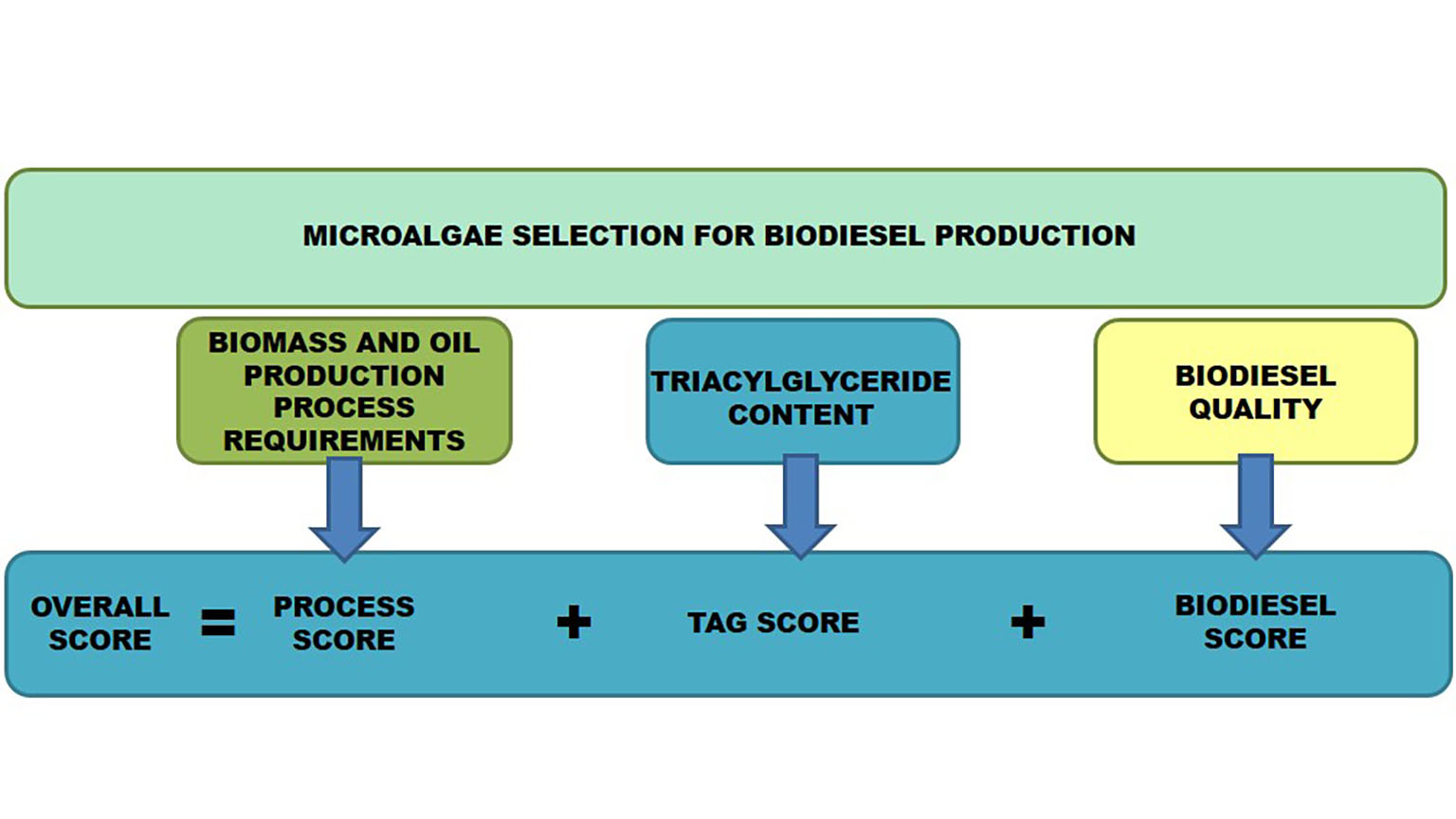Wider use of geoenergy would improve energy self-sufficiency
Tag: ENERGY SOURCES
Scientists publish open resource to help design ‘greener’ energy systems
Researchers have created a database of measurements from existing global power grid systems that will help develop new power systems capable of meeting changing demands, such as the move towards renewable energy sources. The study, published in Nature Communications ,…
Bacteria release climate-damaging carbon from thawing permafrost
Rising temperatures lead to collapse of intact permafrost soils
Green pandemic recovery essential to close climate action gap – UN report
Right policies could cut up to 25% from predicted 2030 emissions
Tri-lab initiative leads innovation in novel hybrid energy systems
Future novel hybrid energy systems could lead to paradigm shifts in clean energy production, according to a paper published last week in Joule . Researchers from the U.S. Department of Energy’s (DOE’s) three applied energy laboratories — Idaho National Laboratory…
Can sting rays and electric rays help us map the ocean floor?
Researchers at the RIKEN Center for Biosystems Dynamics Research (BDR) in Japan have completed a feasibility study indicating that electric rays and sting rays equipped with pingers will be able to map the seabed through natural exploration The ocean is…
Elsa Reichmanis elected Fellow of the National Academy of Inventors
Lehigh University professor, an internationally recognized expert in the field of microlithography, holds numerous patents and continues to innovate at the interface of chemical engineering, chemistry, and materials science.
New fellowships advance student, faculty efforts in climate education, sustainability
Program promotes environmental stewardship
Green energy transition: Early and steady wins the race
Researchers from Aarhus University have modelled the decarbonisation of the sector-coupled European energy system using very high-resolution data. The results are clear: To reach climate-neutrality by 2050 we need solar energy; and lots of it
New testing system could become the IoT of photovoltaics
Suns Voc current-voltage testing adapted for system-wide use

Selecting Best Microalgae for Biodiesel Production
Microalgae are a promising source of energy to replace fossil fuels, as they have several advantages over conventional crops used for commercial biodiesel. Microalgae have a shorter lifecycle and they can be developed in environments unfit for agriculture. In the Journal of Renewable and Sustainable Energy, researchers developed a methodology to analyze different species to select the best microalgae for use as an energy source by taking into account biological, economic, and environmental aspects.
Selecting best microalgae for biodiesel production
An investigation of nine types of microalgae for use as an energy source in commercial biodiesel production based on laboratory-scale data
RABus rolls out self-driving busses
New collaboration project to test electrified and autonomous vehicles in regular traffic — KIT studies acceptance and impacts
Climate change warms groundwater in Bavaria
Groundwater reservoirs in Bavaria have warmed considerably over the past few decades. A new study by researchers at Martin Luther University Halle-Wittenberg (MLU) compares temperatures at 35 measuring stations, taken at different depths, with data from the 1990s. Water found…
Scientists warn of the social and environmental risks tied to the energy transition
A new international study by the ICTA-UAB and the McGill University (Canada) maps resistance movements’ associated with green energy and fossil fuel projects
Guiding the way to improved solar cell performance
Understanding how particles travel through a device is vital for improving the efficiency of solar cells. Researchers from KAUST, working with an international team of scientists, have now developed a set of design guidelines for enhancing the performance of molecular…
Oil & gas industry commits to new framework to monitor, report and reduce methane emissions
Governments, UN, civil society, companies collaborate on robust new tracking and disclosure system
Supersized wind turbines generate clean energy–and surprising physics
As wind energy scales up, researchers study the fluid dynamics challenges
CCNY researchers overcome barriers for bio-inspired solar energy harvesting materials
Inspired by nature, researchers at The City College of New York (CCNY) can demonstrate a synthetic strategy to stabilize bio-inspired solar energy harvesting materials. Their findings, published in the latest issue of Nature Chemistry , could be a significant breakthrough…
Lehigh’s Plasma Control Group awarded $1.5 million DOE grant for fusion research
Professor Eugenio Schuster leads new project at the National Spherical Torus Experiment Upgrade (NSTX-U) that will contribute to the eventual design of energy-producing tokamak reactors
Major new £1.3m project leads creation of sustainable energy systems across Latin America
People across Latin America unable to adequately heat and power their homes are set to benefit from a major new international research project that aims to address ‘energy vulnerability’ and help create sustainable energy systems. UK Research and Innovation (UKRI)…
Using materials efficiently can substantially cut greenhouse gas emissions
New report details how societies can cut their GHG emissions by ride- and car-sharing, building smaller houses.
System can sterilize medical tools using solar heat
Device could provide pressurized steam to run autoclaves without the need for electricity in off-grid areas.

Reducing aerosol pollution without cutting carbon dioxide could make the planet hotter
Humans must reduce carbon dioxide and aerosol pollution simultaneously to avoid weakening the ocean’s ability to keep the planet cool, new research shows.
Purdue-led team named quarterfinalist in DOE solar innovation contest
WEST LAFAYETTE, Ind. – A Purdue University innovator and his team are among the quarterfinalists in a national solar desalination innovation contest. They received the recognition for a technology to use solar power to purify high salinity water, such as…
Reducing aerosol pollution without cutting carbon dioxide could make the planet hotter
Solving one environmental problem could create another
NREL advanced manufacturing research moves wind turbine blades toward recyclability
A new material for wind blades that can be recycled could transform the wind industry, rendering renewable energy more sustainable than ever before while lowering costs in the process. The use of a thermoplastic resin has been validated at the…
SwRI receives $7.2 million contract to test AI in air taxi design project
SwRI to create components that will evaluate design capabilities of artificial intelligence-based system
SwRI scientists expand space instrument’s capabilities
Researchers add second dating technique to prototype spaceflight instrument
Surrey reveals simple method to produce high performing Lithium Selenium batteries
Rechargeable lithium-ion batteries (LIBs) are considered the best hope for next-generation battery technology, thanks to their long-life cycle, high specific power and energy density. However, they have not met the ever-increasing demands of emerging technologies such as electric vehicles. Li-Se…
UTA partners with NCTCOG to generate energy from food waste found in landfills
Project converts food waste into energy
Joint efforts for stable electricity networks in Africa
As part of an international team of researchers, scientists at Paderborn University are developing modern systems to provide an uninterrupted power supply for rural areas in Africa – intelligent “microgrids” based on renewable energy resources
New green materials could power smart devices using ambient light
We are increasingly using more smart devices like smartphones, smart speakers, and wearable health and wellness sensors in our homes, offices, and public buildings. However, the batteries they use can deplete quickly and contain toxic and rare environmentally damaging chemicals,…
Camel-fur-inspired technology harnesses insulation and evaporation to keep products cool
Scientists have developed a bilayer passive cooling technology inspired by the way camels stay cool in the hot desert sun. The technology’s bottom hydrogel layer acts like a camel’s sweat glands, lowering the temperature through evaporating water, whereas the top…
New strategy to ‘buffer’ climate change: developing cheaper, eco-friendly solar cells
New study develops a novel eco-friendly buffer for solar panels, which could tip the scale in the renewable energy transition
Pioneering new circular economy centre in technology metals announced
The University of Exeter will lead a pioneering new research centre, designed to revolutionize how crucial metals are extracted, used and reused in clean and digital technologies across the UK. The Interdisciplinary Circular Economy Centre in Technology Metals, led by…

Smart Devices to Schedule Electricity Use May Prevent Blackouts
Power plants generate electricity and send it into power lines that distribute energy to nodes where it can be used. But if the electricity load is more than the system’s capacity, transmission can fail, leading to a cascade of failures throughout the electric grid. In the journal Chaos, researchers show demand side control may be an effective solution to stabilizing the reliability of power grids that use a mix of energy generation sources.
Private-public partnership will use nuclear energy for clean hydrogen production
Project is first U.S. pairing of high-temperature steam electrolysis with commercial heat
One third of UK fruit and vegetables are imported from climate-vulnerable countries
The UK’s supply of fruit and vegetables has become increasingly reliant on imports from countries vulnerable to climate change, according to a new study in Nature Food . The research, led by the London School of Hygiene & Tropical Medicine…
New kind of superconductivity discovered
Researchers demonstrate a superconductor previously thought impossible
NTU scientists develop energy-saving ‘liquid window’
Scientists at the Nanyang Technological University, Singapore (NTU Singapore) have developed a liquid window panel that can simultaneously block the sun to regulate solar transmission, while trapping thermal heat that can be released through the day and night, helping to…
Warmth not waste – capturing and reusing heat from a steel works
A new project involving Swansea University researchers and Tata Steel will investigate the potential for recovering waste heat from industry so it can be re-used. Heavy industries can release up to half of their consumed energy as waste heat. The…
Water-energy nanogrid provides solution for rural communities lacking basic amenities
Researchers at Texas A&M developed a purification system that uses energy from solar panels to decontaminate water
Recipe for a storm
Scientists from the University of Oldenburg generate realistic storm turbulence in the laboratory
First comprehensive major reference work on porous materials in 20 years
In-depth coverage of the state-of-the-art of the synthesis, manufacturing, modelling and key applications of porous materials in four volumes
The influence of social norms and behaviour on energy use
The research method used is the same as that employed in the testing of drugs for medicine. This means applying randomization methods in the analysis of electric energy consumption in households: a randomly selected sample group, made up of hundreds…
‘Transparent solar cells’ can take us towards a new era of personalized energy
Scientists design novel transparent solar cells using thin silicon films, with efficient power generation
Bound for the EU, American-made biomass checks the right boxes
A first-of-its-kind study published in the journal Scientific Reports finds that wood produced in the southeastern United States for the EU’s renewable energy needs has a net positive effect on US forests–but that future industry expansion could warrant
$39 Million to better integrate renewables into power grid
The National Science Foundation has awarded $39 million to a team of engineers and computer scientists at the University of California San Diego to build a first-of-its-kind testbed to better understand how to integrate distributed energy sources such as solar…
Hybrid photoactive perovskites imaged with atomic resolution for the first-time
A huge step towards better performing solar cells – a collaboration identified information previously invisible using Diamond’s ePSIC facility and microscopes of Oxford University’s Departments of Materials and Physics